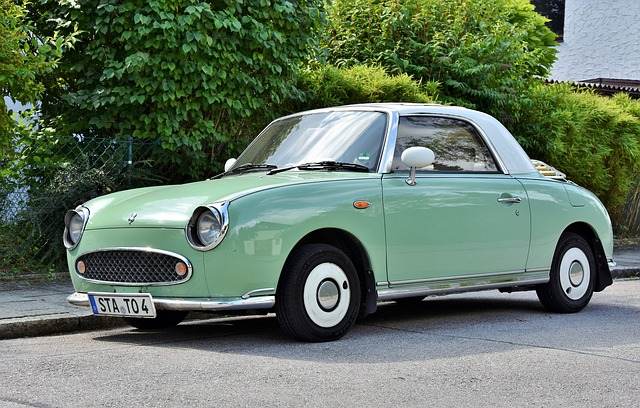Introduction
Installing a rear-facing car seat on an airplane is crucial for the safety and well-being of your child during air travel. It ensures that your little one is securely strapped in and protected in case of turbulence or an emergency situation. However, the process of installing a car seat on an airplane can be slightly different from installing it in a car. In this article, we will guide you through the steps involved in installing a rear-facing car seat on an airplane, ensuring a safe and comfortable journey for your child.
Check Airline Regulations
Before you embark on your journey, it is essential to familiarize yourself with the specific regulations and guidelines set by your airline regarding the use of car seats on their aircraft. Different airlines may have slightly different rules, so it’s important to check their website or contact their customer service for accurate information. Some airlines may require specific types of car seats or have restrictions on where they can be installed.
Choose the Right Car Seat
When selecting a car seat for air travel, it is crucial to choose a model that is approved for use on airplanes. Look for car seats that are certified for aircraft use, as they are designed to meet the specific safety requirements of air travel. These seats are typically lightweight and have features that make them easier to install and secure on an airplane seat.
Prepare the Car Seat
Before boarding the airplane, ensure that your car seat is properly prepared for installation. Remove any loose objects or accessories from the seat, such as toys or cup holders, as they can become projectiles during turbulence. Make sure the car seat is clean and free from any debris that could interfere with the installation process.
Boarding the Airplane
When boarding the airplane, inform the flight attendants that you will be installing a car seat for your child. They will guide you to the appropriate seating area and provide any necessary assistance. It is advisable to choose a window seat for the car seat installation, as it provides better support and stability.
Installing the Car Seat
Step 1: Place the car seat on the airplane seat, ensuring that it is facing the rear of the aircraft. Align the car seat with the seatbelt path.
Step 2: Fasten the airplane seatbelt through the designated belt path on the car seat. Make sure the seatbelt is securely fastened and tightened.
Step 3: Verify that the car seat is stable and does not move more than one inch in any direction. Apply pressure to the car seat to ensure it is securely installed.
Secure the Child
Once the car seat is properly installed, secure your child in the seat according to the manufacturer’s instructions. Ensure that the harness straps are snug and properly adjusted to keep your child safe and comfortable throughout the flight.
Conclusion
Installing a rear-facing car seat on an airplane is a crucial step in ensuring the safety of your child during air travel. By following the airline regulations, choosing the right car seat, and properly installing it, you can provide a secure and comfortable journey for your little one.
References
– Federal Aviation Administration: www.faa.gov
– American Academy of Pediatrics: www.aap.org
– Car Seats for the Littles: csftl.org













